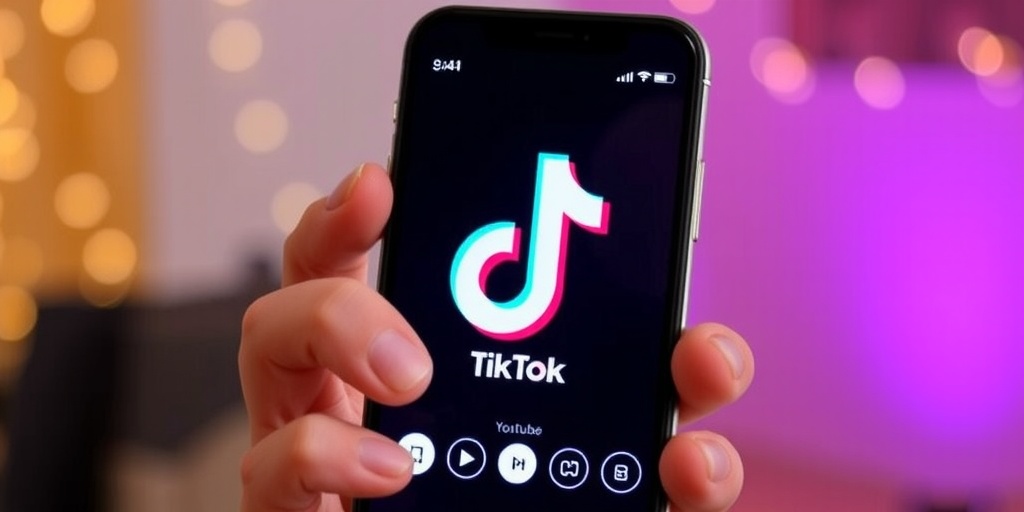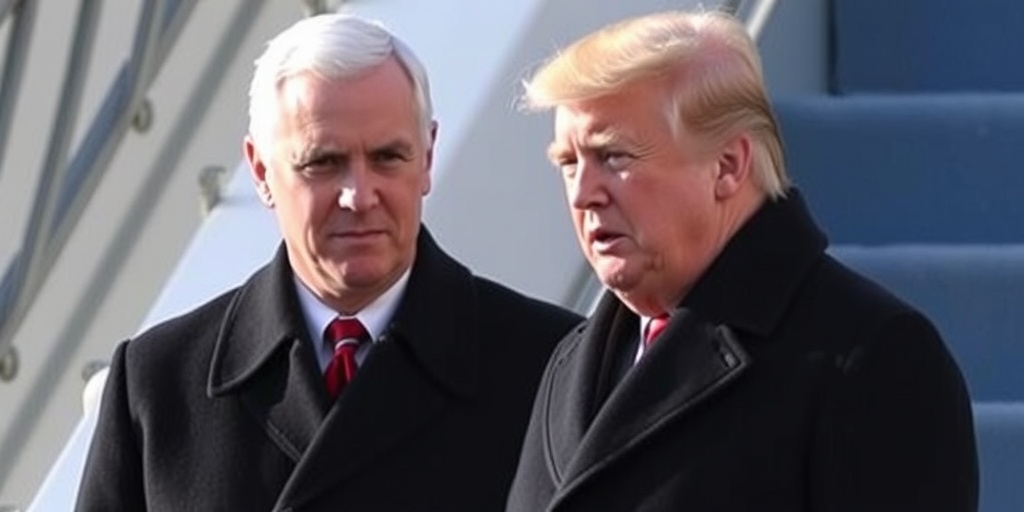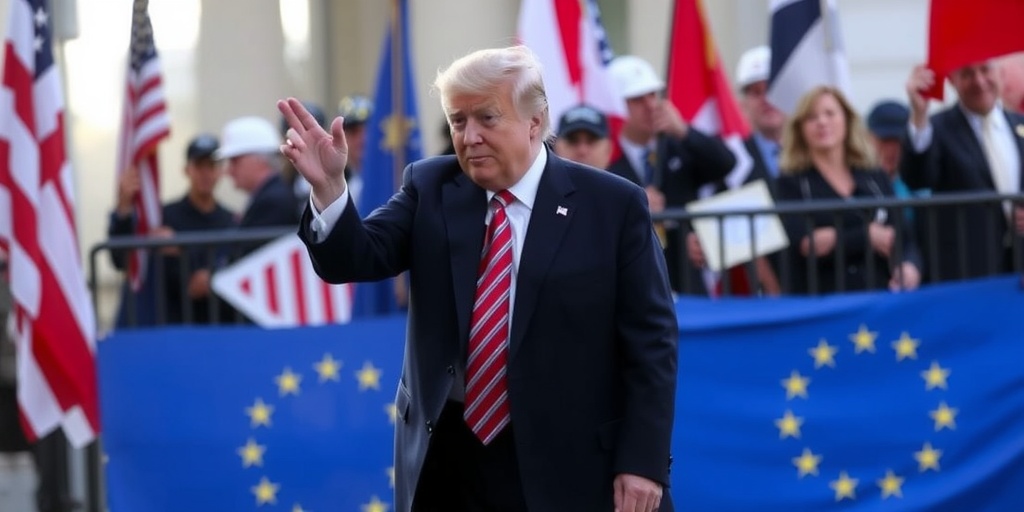Now Reading: Instagram and YouTube Set to Gain if TikTok Banned
-
01
Instagram and YouTube Set to Gain if TikTok Banned
Instagram and YouTube Set to Gain if TikTok Banned

Meta’s Strategic Preparedness in Anticipation of a TikTok Ban
On a recent Wednesday afternoon, Meta, the technology giant behind popular social media platforms like Facebook, Instagram, WhatsApp, and Threads, hosted a Q&A session regarding the current political landscape in the United States. During this session, executives, including Chief Marketing Officer Alex Schultz, addressed various employee inquiries revolving around the company’s positioning alongside the incoming Trump administration and the implications surrounding its operations on an international scale. According to multiple attendees, Schultz made it clear that Meta is closely monitoring TikTok, one of its strongest competitors, as its future hangs in the balance with potential legal challenges.
The stakes are high for Meta as it prepares for a significant shift in American social media usage, contingent upon the fate of TikTok, which is owned by the Chinese company ByteDance. In light of possible bans in the U.S., Schultz noted that Meta was strategically positioned to capitalize on any disruptions in TikTok’s user base, specifically its 170 million monthly U.S. users who might be left seeking alternative platforms. The legal landscape remains uncertain, as the Supreme Court is anticipated to deliver a ruling on the constitutionality of the law that may affect TikTok soon.
Internally, Meta has reportedly mobilized its teams to prepare for the potential influx of TikTok users, often referred to as “TikTok refugees.” According to insights from three individuals familiar with the matter, discussions at Meta have revolved around strategies to attract TikTok’s influential content creators. They are considering adjustments to Instagram features to make the platform more appealing to those accustomed to TikTok. With Instagram already offering Reels—a short-form video feature that directly competes with TikTok—analysts believe that the transition could be seamless.
Richard Kramer, a financial analyst at Arete Research, emphasized, “Instagram is a natural home for TikTok creators and users.” The platform’s established online shopping capabilities and high levels of user engagement position it favorably to absorb TikTok’s audience. Competing platform YouTube has similarly adopted measures to appeal to TikTok users with its YouTube Shorts feature, enhancing its video length to three minutes to align more closely with user expectations based on TikTok’s offerings.
As preparations for a potential TikTok ban intensified over the past year, both Meta and Google have remained largely discreet about their strategies in public forums. However, behind closed doors, significant planning commenced when President Biden enacted a law mandating that ByteDance either sell TikTok to U.S. owners or face a ban. TikTok has since responded by challenging this ruling legally, escalating the matter to the Supreme Court.
During the recent internal meeting at Meta, executives deliberated on allocating resources—including personnel and funding—to manage a possible surge of TikTok users transitioning to Instagram. Some teams are reportedly exploring avenues to aid TikTok users in migrating their content to Instagram, thereby integrating TikTok videos into their platform. As per John Blackledge, an analyst at TD Cowen, both Instagram and YouTube are poised to benefit financially from TikTok’s potential exit, with Instagram potentially securing a more significant share of the audience.
In a recent survey conducted by TD Cowen involving 2,500 U.S. internet users, findings indicated a tendency among respondents to gravitate towards Instagram Reels in the event of a TikTok ban, with 29 percent expressing intent to use it. Meanwhile, 23 percent indicated they would prefer YouTube Shorts, and 15 percent stated their inclination to seek alternative applications.
Advertisers have also demonstrated a clear preference for Instagram in this anticipated scenario. A survey by TD Cowen revealed that 56 percent of ad buyers had an explicit interest in advertising via Reels, compared to 24 percent favoring YouTube Shorts, and just 20 percent opting for TikTok.
Looking to capitalize on TikTok’s unpredictability, other companies are also vying for its users. Substack, a newsletter platform, announced a $25,000 “TikTok Liberation Prize” aimed at encouraging creators to transition to its platform. Additionally, a TikTok-like app called Clapper is offering monetary rewards to creators who promote its site as a viable alternative for TikTok users. Xiaohongshu, known as "RedNote," is another rising platform in this emerging competitive landscape.
Despite the fervent competition, the ultimate victor in claiming TikTok’s user base remains uncertain. Content creator Sammi Scotto has made it clear that she is not limiting herself to one platform, stating, “I’ll be focused on Instagram, YouTube, and LinkedIn, but keeping my eye on the others.” As shifting dynamics take place within the social media realm, companies like Meta and Google are undoubtedly anticipating profound changes and adapting their strategies to navigate an evolving digital landscape.
Stay Informed With the Latest & Most Important News
Previous Post
Next Post
-
 01New technology breakthrough has everyone talking right now
01New technology breakthrough has everyone talking right now -
 02Unbelievable life hack everyone needs to try today
02Unbelievable life hack everyone needs to try today -
 03Fascinating discovery found buried deep beneath the ocean
03Fascinating discovery found buried deep beneath the ocean -
 04Man invents genius device that solves everyday problems
04Man invents genius device that solves everyday problems -
 05Shocking discovery that changes what we know forever
05Shocking discovery that changes what we know forever -
 06Internet goes wild over celebrity’s unexpected fashion choice
06Internet goes wild over celebrity’s unexpected fashion choice -
 07Rare animal sighting stuns scientists and wildlife lovers
07Rare animal sighting stuns scientists and wildlife lovers





















